
5 Best Practices for Choosing the Perfect Laboratory Door
- By:ren
- 2022-11-05
- 29
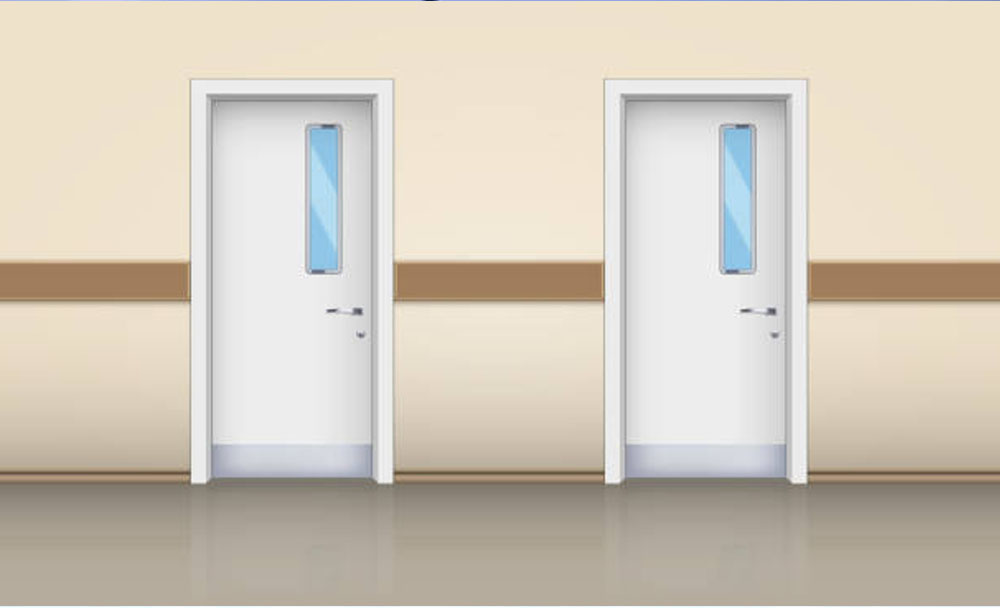
When it comes to laboratory safety, no detail is too small. When you think about the effectiveness of any safety measure, its ability to prevent injury and risks should be top of mind. That’s why when choosing the perfect laboratory door, there are 5 best practices that will keep your facility safe and secure. We all know that in today’s lab environment, risk is everywhere. There are chemicals that can catch fire, viruses that can mutate, and volatile materials that can explode. The last thing you want is for any of those things to happen because someone forgot to lock a door or turn off a gas valve. Lab safety begins with designing spaces with clear sight lines so people don’t walk into walls or trip over equipment left out in the open. It continues with locking up potentially dangerous substances and devices where they cannot be tampered with by unauthorised persons. And it finishes with having emergency response plans in place and clearly marked exits in case of emergency. With these 5 best practices for choosing the perfect laboratory door, you can make sure your facility has all the right details covered:
Ensure that your door is recognisable and easily identifiable as a source of safety
Before you choose the perfect laboratory door, take some time to think about how people will interact with it. Your door, and the way you choose to use it, can either help or hinder your attempts to promote lab safety. If you have an important warning or safety notice on your door, you can use it to help prevent the spread of contamination. If you’re storing chemicals or other potentially harmful substances, you want to make sure those are clearly labelled and easily recognisable as a source of danger. You may want to consider using signage that incorporates bright colours to help catch the eye. Fluorescent yellow or orange are two good options for ensuring your signage stands out. Avoid using black, blue, or red as these colours are often associated with warning signs in the healthcare setting.
Make sure you have your door hinges on the inside of the lab
Hinges that open outwards have the potential to spread contamination beyond the lab. That’s why it’s important to make sure your hinges are on the inside of your lab. If you’re choosing a new door, you can specify the type of hinges you want installed. Alternatively, you can have your hinges replaced on an existing door. If you have a door that opens outwards and you want to change it, you can add a close-fitting weather stripping to seal the gap. If that isn’t possible, you can install a one-way door closer that allows the door to be pushed open from the inside.
Be sure to test all communication systems before any emergency event
It’s great to promote a culture of safety in your lab by encouraging staff to communicate well with each other. However, if something happens that requires an emergency response, you need to be sure that your communication systems are working. If you are using a paging system to page staff, be sure to test it before an emergency occurs. If you’re using a walkie talkie system, make sure staff know how to use it properly. You should also make sure you have a clear understanding of the range of each device. If you have a fire alarm or emergency call box, be sure to keep a close eye on it so you know when it needs maintenance.
Be sure to conduct regular fire and smoke detection tests
Fire and smoke detection systems are some of the most important safety devices in a lab. They can detect smoke early and provide you with time to shut down operations and evacuate safely. However, they only work if they are tested regularly. If you have a fire suppression system in your lab, be sure to conduct a fire test at least once a year. If you have a smoke detection system, conduct a smoke flow test every two years to be sure the system is working correctly. If your system isn’t working correctly, you can’t rely on it to keep your staff and facility safe. Make sure you know when it’s time for maintenance and, if necessary, schedule repair or replacement.
Be sure to lock up your most dangerous materials and devices, even when they are not in use
It can be tempting to leave your most dangerous substances and devices out on the lab bench where they are easily accessible. However, that is a practice that should be avoided at all costs. If a chemical or device could cause a severe burn or have the potential to create a toxic gas if it comes in contact with water, it is best to keep it locked up in a safe. That way, if it’s spilled, it won’t cause a major safety incident or injury. If the device or substance does not cause a fire or explosion hazard, it is still a good idea to keep it locked up. This will prevent unauthorised persons from tampering with it.
Don’t forget to train all staff on how to respond safely to an emergency situation
Fire and emergency response plans are essential elements of any lab safety plan. However, they are only as good as the people who know how to respond to them. If you’re training new staff, make sure they know what to do in case of a fire, gas leak, or other emergency. And if you’re re-training existing staff, make sure they know the correct procedures for responding to an emergency. That way, if an emergency does occur, they will be familiar with the correct actions to take.
Conclusion
Lab safety begins with designing spaces with clear sight lines so people don’t walk into walls or trip over equipment left out in the open. It continues with locking up potentially dangerous substances and devices where they cannot be tampered with by unauthorised persons. And it finishes with having emergency response plans in place and clearly marking exits in case of emergency. With these 5 best practices for choosing the perfect laboratory door, you can make sure your facility has all the right details covered. END If you’re in the business of science, it’s important to make sure you have the best laboratory door for your facility. Laboratory doors can come in many different shapes and sizes, but the most important thing is that they keep your facility safe.
-
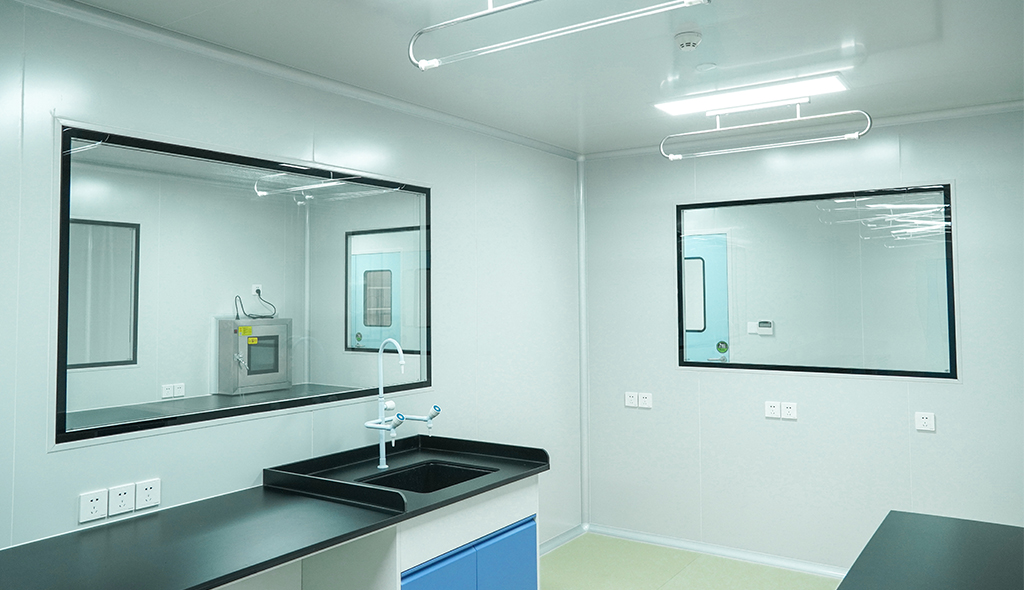 Cleanroom Glass Windows Are The Key to Maintaining a Clean Environment
Cleanroom Glass Windows Are The Key to Maintaining a Clean Environment -
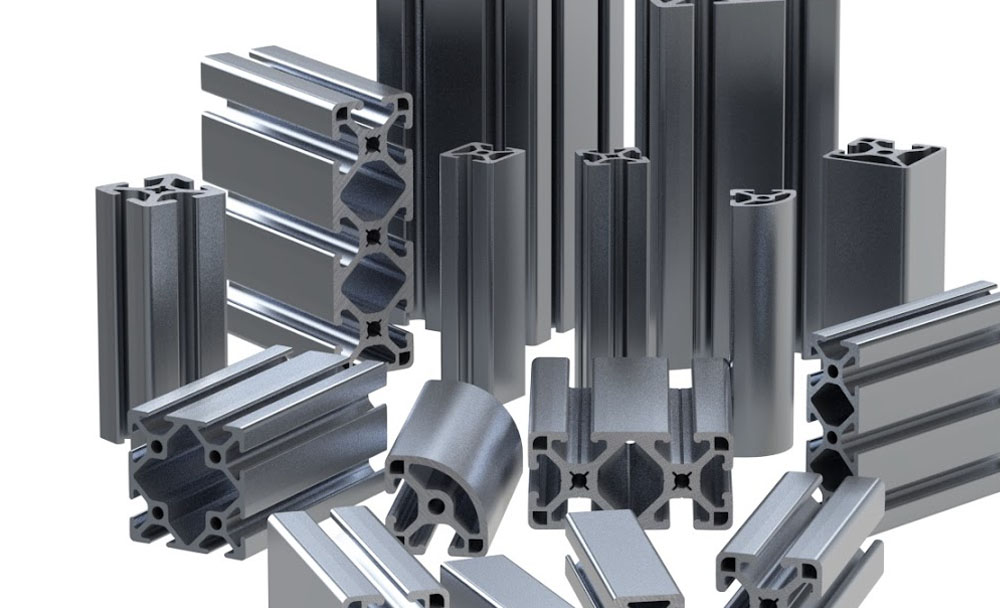 Top Aluminium Profile Manufacturers in China: Leading the Global Market
Top Aluminium Profile Manufacturers in China: Leading the Global Market -
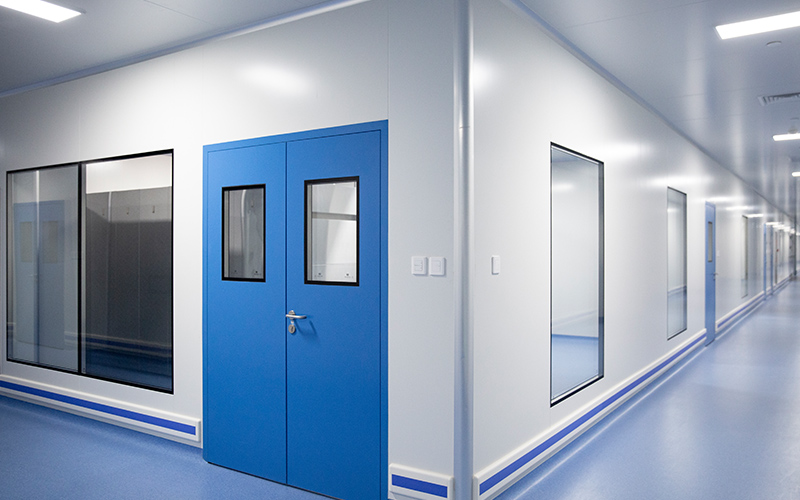 The Evolution of Air Tight Sliding Doors
The Evolution of Air Tight Sliding Doors -
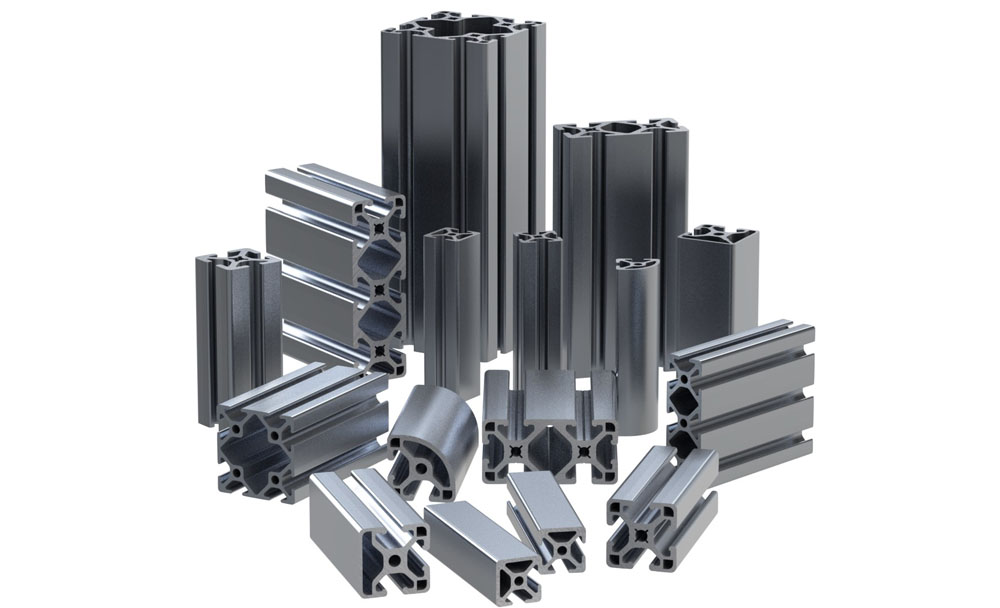 AHU Aluminium Profile: A Comprehensive Guide
AHU Aluminium Profile: A Comprehensive Guide -
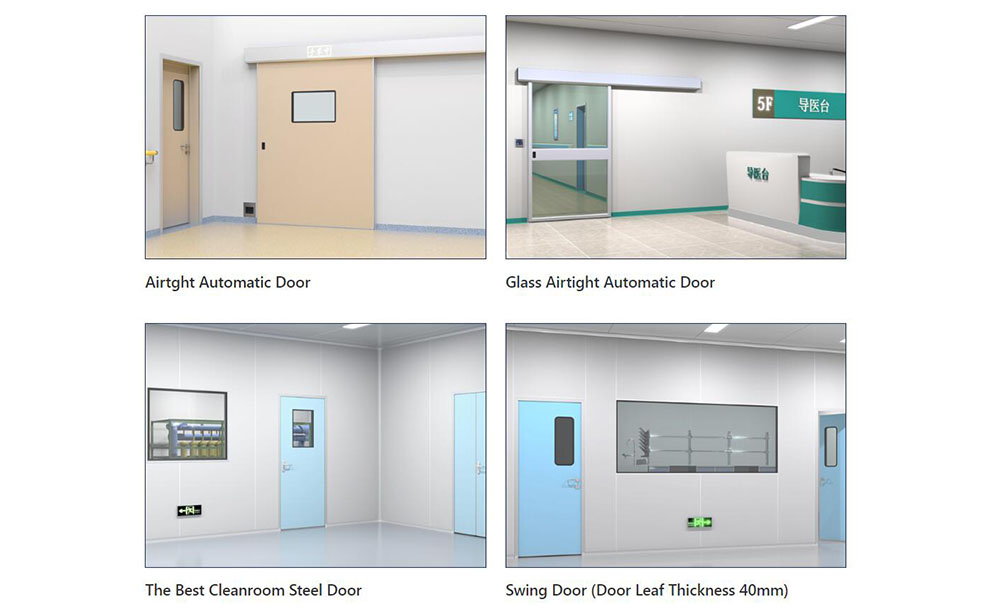 The Importance of Choosing the Right Cleanroom Door in Vietnam
The Importance of Choosing the Right Cleanroom Door in Vietnam -
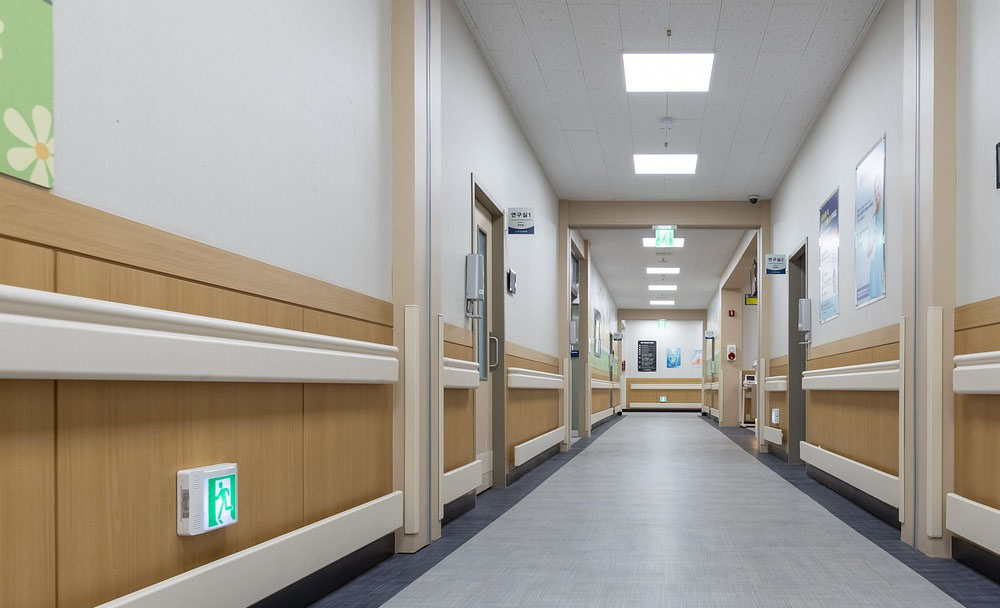 The Benefits of Hospital Automatic Doors: Enhancing Efficiency and Safety
The Benefits of Hospital Automatic Doors: Enhancing Efficiency and Safety -
.jpg) The Best Bathroom Door Manufacturers - Unlocking Endless Possibilities!
The Best Bathroom Door Manufacturers - Unlocking Endless Possibilities! -
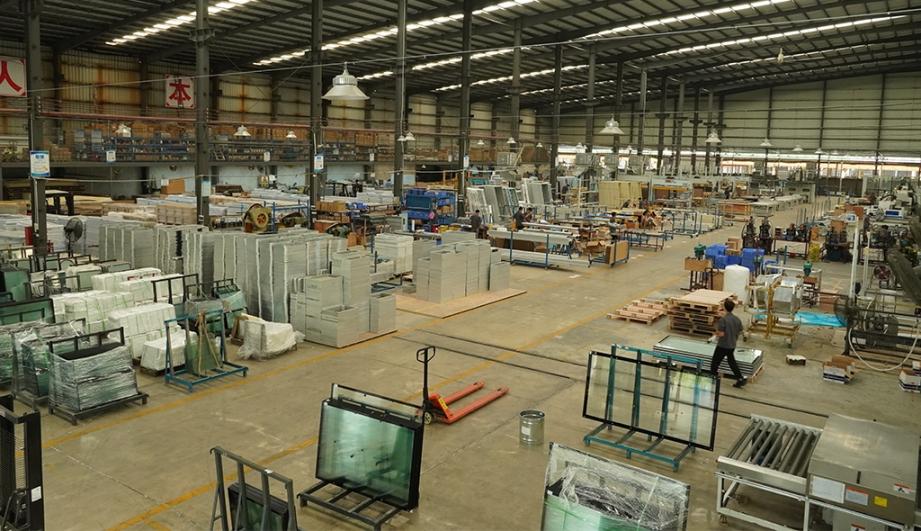 Unlock the Possibilities with AJ Manufacturing Doors
Unlock the Possibilities with AJ Manufacturing Doors -
 Make a Statement with Manufactured Home Interior Doors!
Make a Statement with Manufactured Home Interior Doors! -
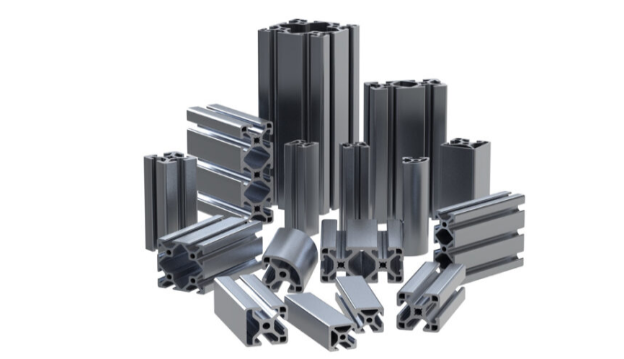 what is aluminum profile? Aluminum Profiles for Your Home is the best option
what is aluminum profile? Aluminum Profiles for Your Home is the best option
-
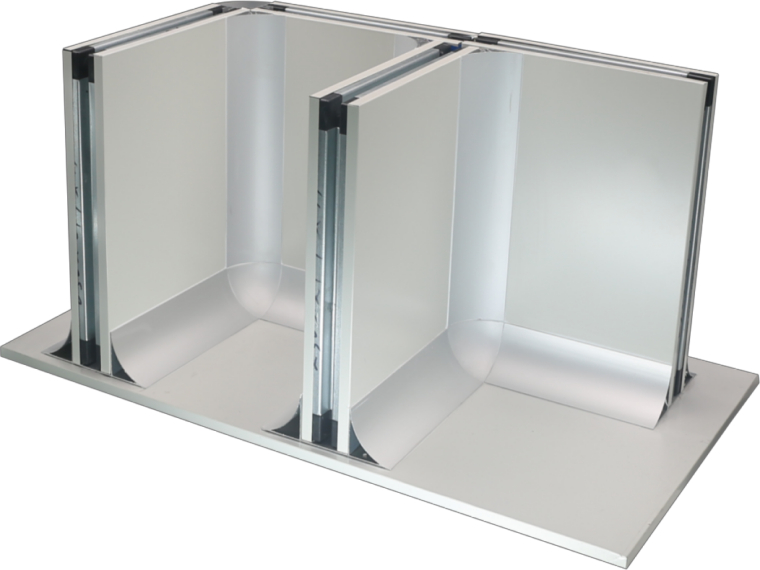 Designing a Flexible Clean Room Aluminum Profile System
Designing a Flexible Clean Room Aluminum Profile System -
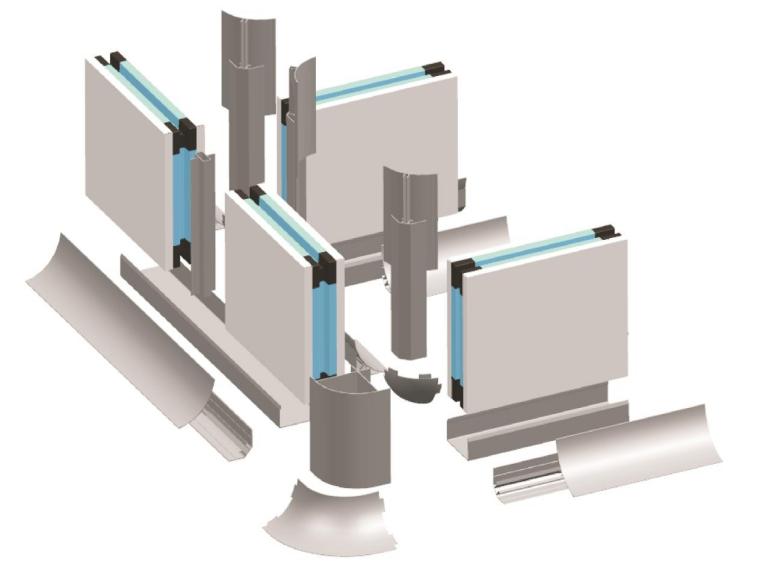 Look for in Cleanroom Aluminum Profile Wholesaler. Here to Know
Look for in Cleanroom Aluminum Profile Wholesaler. Here to Know -
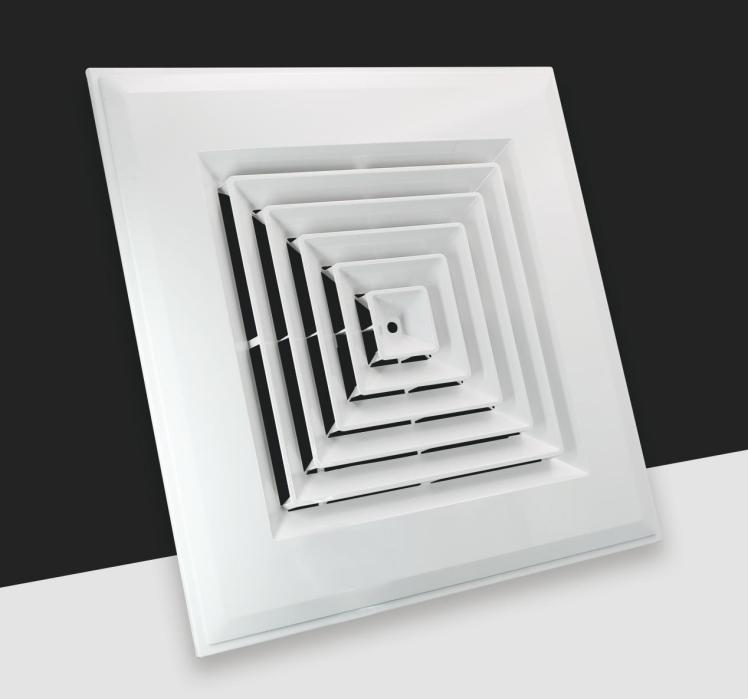 HVAC Air Diffusion Products Myths Debunked: What You Really Need to Know
HVAC Air Diffusion Products Myths Debunked: What You Really Need to Know -
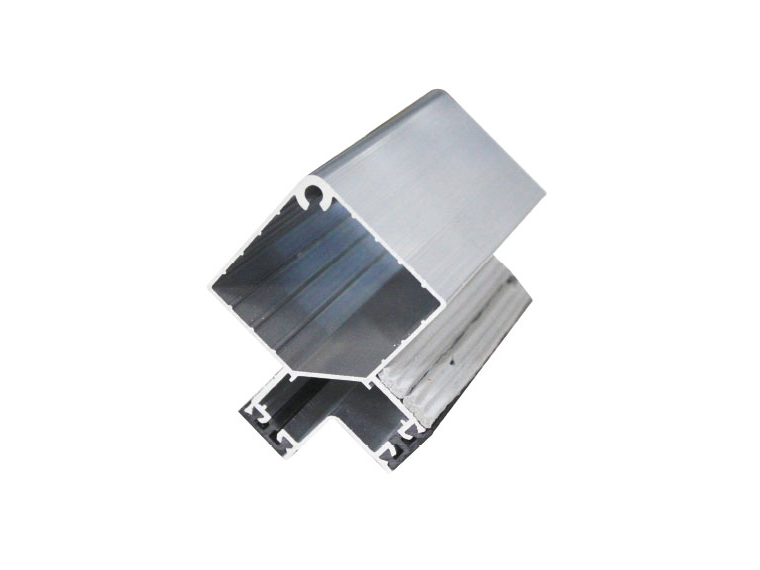 Why Opt Aluminum Profiles For Air Handling Units: Custom Service
Why Opt Aluminum Profiles For Air Handling Units: Custom Service -
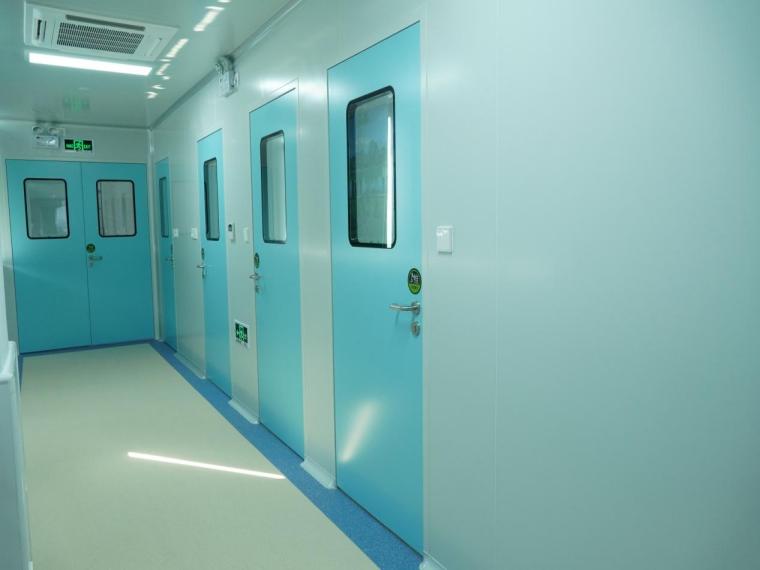 Understanding Doors & Windows for Cleanrooms Seals Solutions:
Understanding Doors & Windows for Cleanrooms Seals Solutions: -
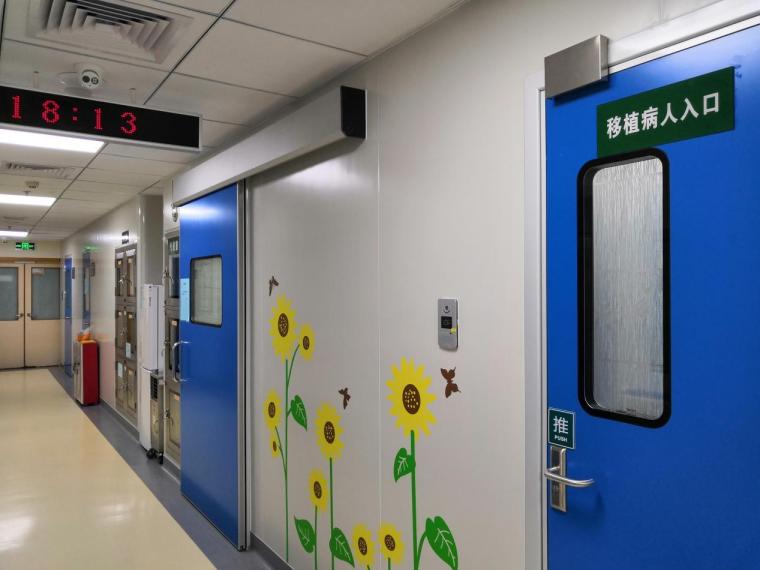 Options for Doors in a Cleanroom: Which Type is Right for You?
Options for Doors in a Cleanroom: Which Type is Right for You? -
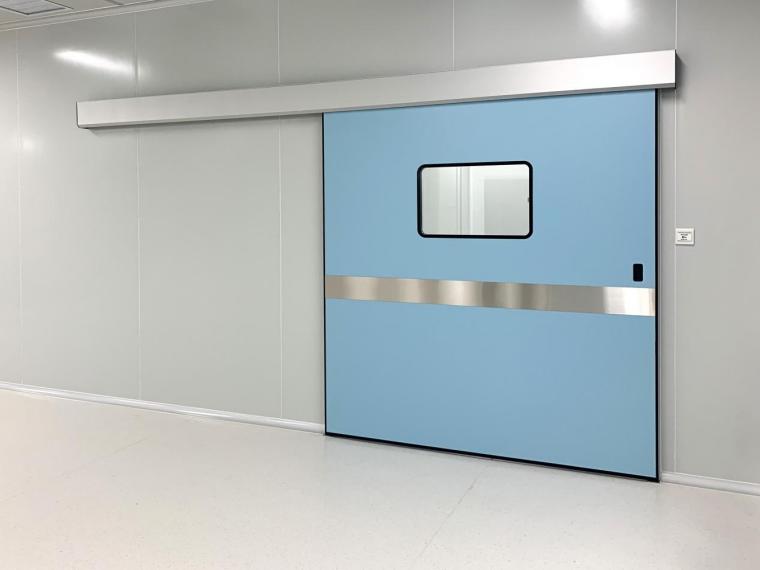 6 Considerations In Choosing Clean Room Doors
6 Considerations In Choosing Clean Room Doors -
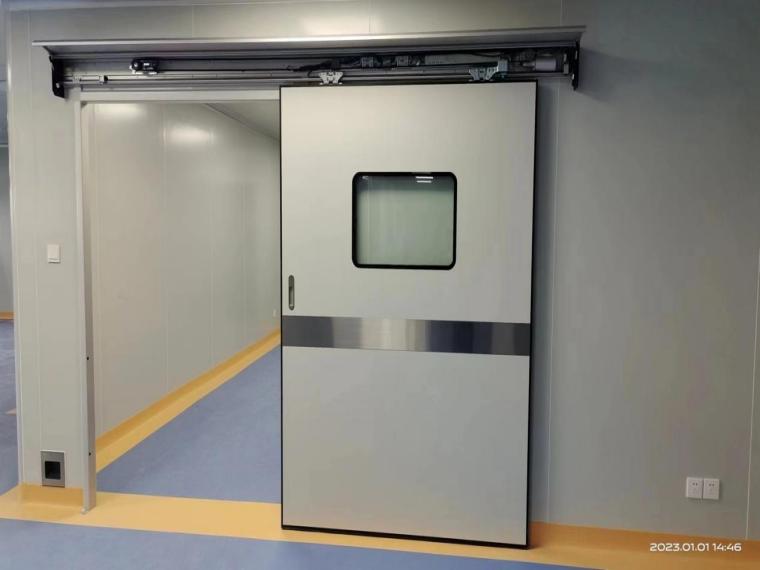 Cleanroom Doors Sliding Doors: Which Is Best for Your Facility?
Cleanroom Doors Sliding Doors: Which Is Best for Your Facility? -
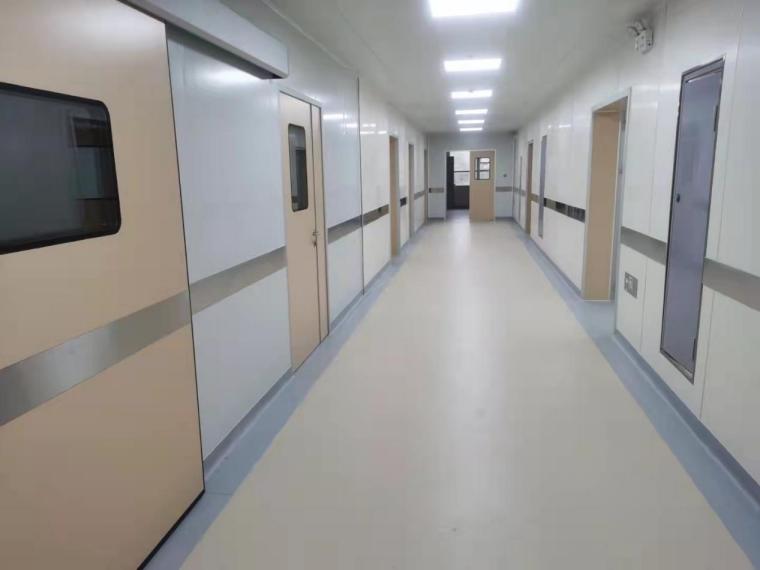 Choosing the Right Hygienic Doors for Your Facility
Choosing the Right Hygienic Doors for Your Facility -
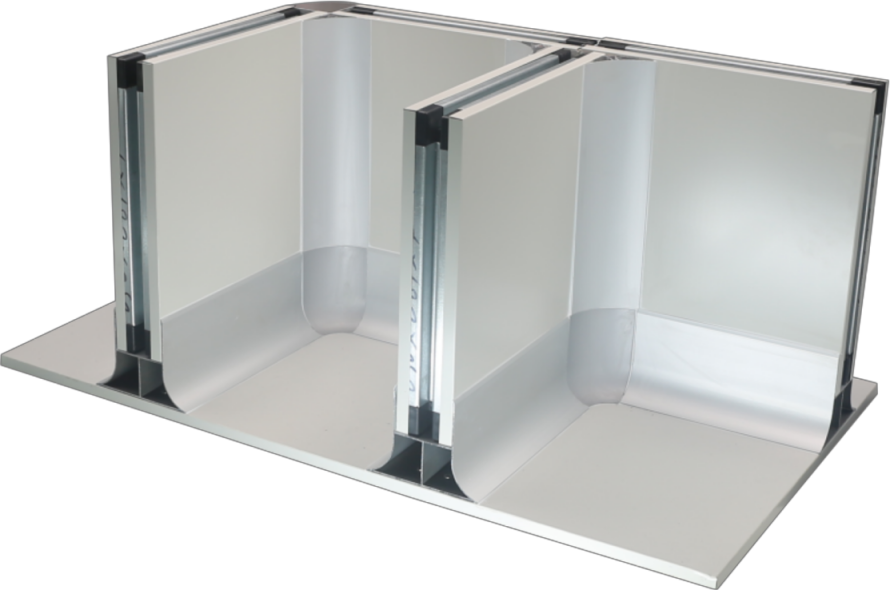 Cleanroom Aluminum Profile Wholesale Market: Key Trends and Insights
Cleanroom Aluminum Profile Wholesale Market: Key Trends and Insights

Guangzhou Yizhong Aluminum Industry Co., Ltd.
We are always providing our customers with reliable products and considerate services.
We are always providing our customers with reliable products and considerate services.
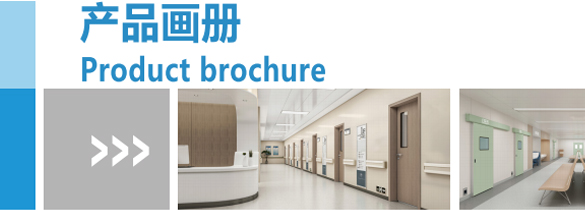










Speak Your Mind